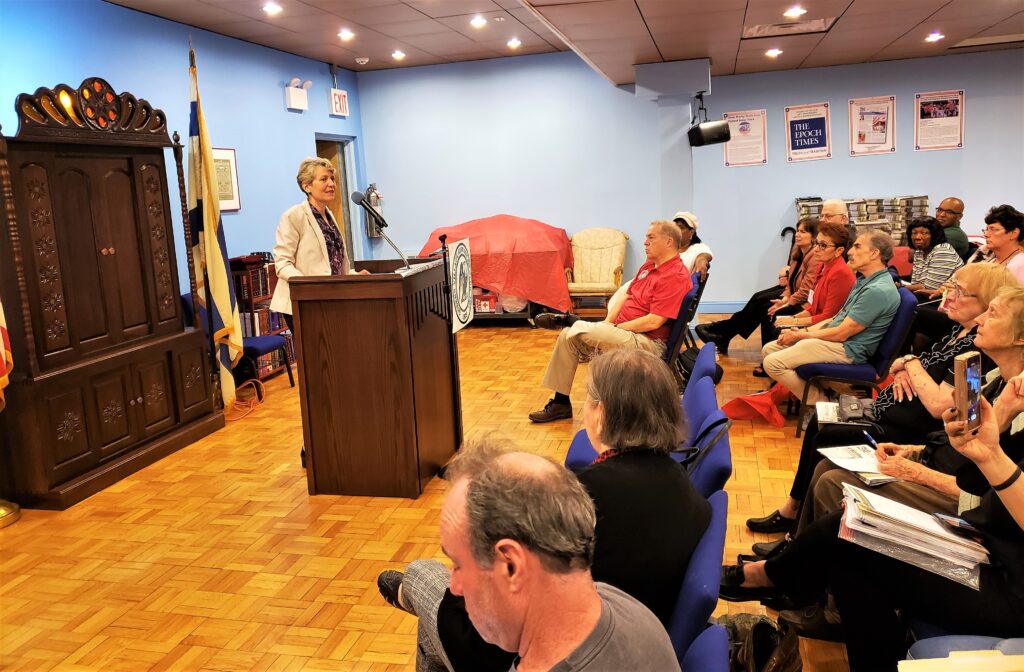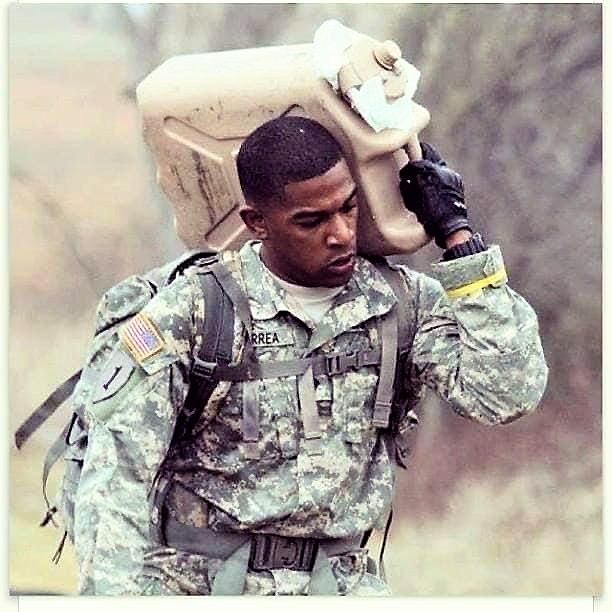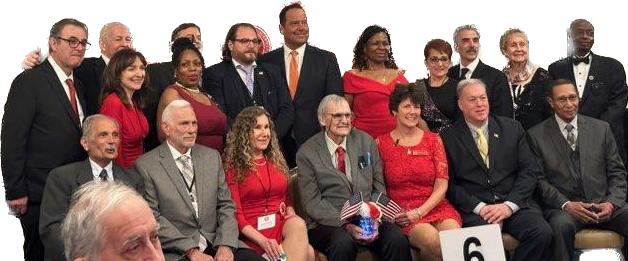
The April 13, 2023 meeting of the Queens Village Republican Club was one of our most inspirational and exciting meetings to date. View the speaker’s videos and see for yourself!

The April 13, 2023 meeting of the Queens Village Republican Club was one of our most inspirational and exciting meetings to date. View the speaker’s videos and see for yourself!
Bail Reform laws are allowing murderers to walk free and roam our city’s streets
By Madeline Brame
Reprinted with author’s permission

My name is Madeline Brame, Chairwoman of the NYS Victims Rights Reform Council, State Director of BLEXIT New York and unfortunately mother of a homicide victim.

In 2018 my oldest son, Sgt. Hason Correa, US Army, Afghanistan War Retired Veteran, was brutally stabbed to death by 4 people he did not know, nor had he done them any harm. Hason was kicked, punched, stomped and stabbed 9 times with the fatal stab being directly through his heart. Hason’s father was also brutally assaulted and stabbed 12 times by the same 4 individuals when he tried to come to Hason’s aid. Hason died at the scene. His father was also unresponsive when EMS arrived however was resuscitated and underwent a series of major life saving surgeries that have left him with injuries that cannot be reversed. Of the 4 defendants, 3 are siblings, 2 brothers and their sister, the 4th is their male friend. All are between the ages of 36-40 years old; the entire incident was captured on video. The 3 men are currently being held on Rikers Island without out bail pending trial because they are all repeat predicate violent felony offenders. The sister, Mary Saunders is currently free on a drastic bail reduction from $750,000 down to $12,000 due to language (least restrictive means) and provisions (needs to home with her children, work & take care of her sick mother) in the Bail Reform Law. She was released from Rikers Island Dec. 23, 2019. She spent Christmas home with her family and children while my sons 3 small children visited their father’s grave at Calverton National Cemetery, Calverton, NY to lay a wreath on his grave. All 4 are charged with 1st Degree Gang Assault, 2nd Degree Murder, 1st Degree Attempted Murder & 1st Degree Assault. Almost 4 years later no trial date has been set.
Aura Moody attended a rally protesting President Trump’s indictment in Manhattan. This is what she said to clueless Democrats protesting Trump in a video that went viral.
“If you lose this country, there is no other place to go. You are being indoctrinated by the Democrats and the radical left. And that party is the evil party. They want to destroy the family. They don’t believe in God. They don’t believe in the country. They believe in the welfare system. So you should be grateful that you are in our country and enjoy your freedom and prosperity. If you do not like this country, if you hate it so much, why don’t you go somewhere else? And the reason why you don’t go somewhere else is because you know there is no better place than the United States. So you better wake up before you lose it.
Let me tell you something about history. The Republican Party freed the slaves. The Republican Party gave black people the right to vote. The Republican Party gave black people the right to own property. The Republican Party funded the historical black colleges and universities so you could have an education. So read your history. Because what the Republican Party has done for the minorities is unimaginable.”
By Phil Orenstein
President of the Queens Village Republican Club

A patriotic medley was performed by Naomi Sica on the piano as guests entered the grand ballroom of the renowned Antun’s of Queens Village, a magnificent catering hall in Eastern Queens, where nearly every New York Governor, New York City Mayor, and President of the United States have been in attendance since the 1950s.
The 148th Anniversary Lincoln Dinner was a spectacular patriotic gala with over 250 patriotic Americans who traveled from the corners of the tri-state region and even some came up from Florida. As they entered the hall, folks joined in the singing of God Bless America and patriotic songs and stood for the Star-Spangled Banner led by Pastor Dana Dice. Father Paul Palesty of St. Nicholas Greek Orthodox Church delivered an uplifting invocation to open the dinner program which was emceed by Barbara from Harlem.
Some of the highlights of this exceptional dinner party were the stirring and emotional Lincoln Address delivered by Marly Hornik, Executive Director of NY Citizens Audit, and the rousing speech by Kristina Raevsky, recipient of the Young American Patriot of the Year award. Kristina is a 13-year-old author of two books and multiple op-eds on saving America and restoring meritocracy in our education system. She was applauded later in the program by keynote speaker, Steve Cortes as a brave patriot who has what it takes to become the first female president of the U.S.A.